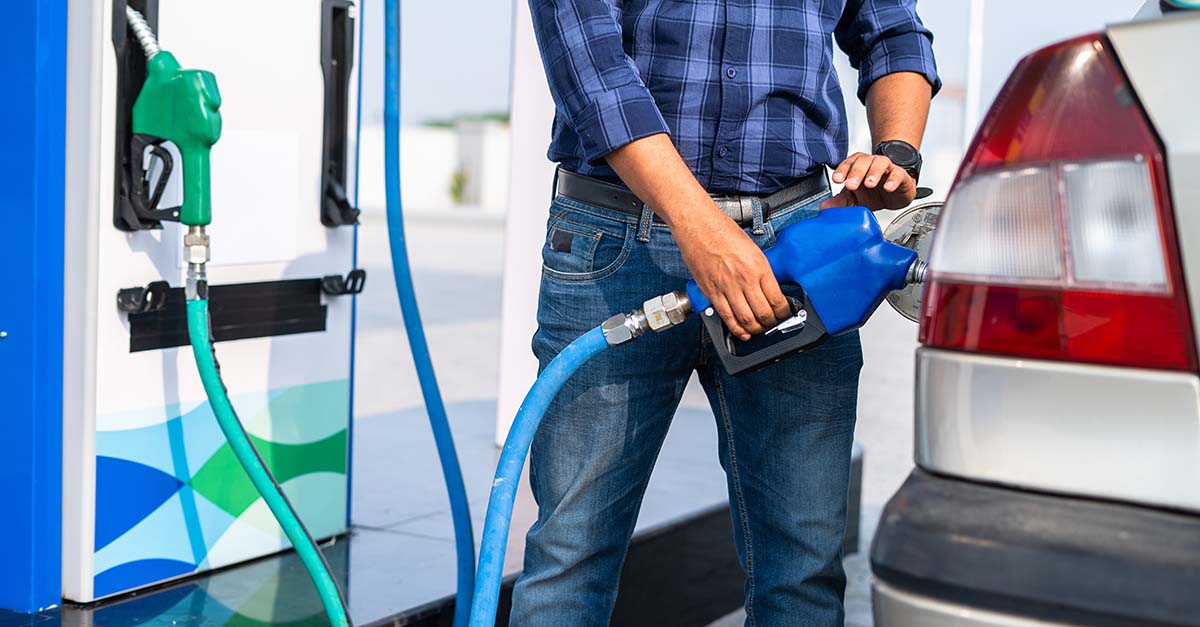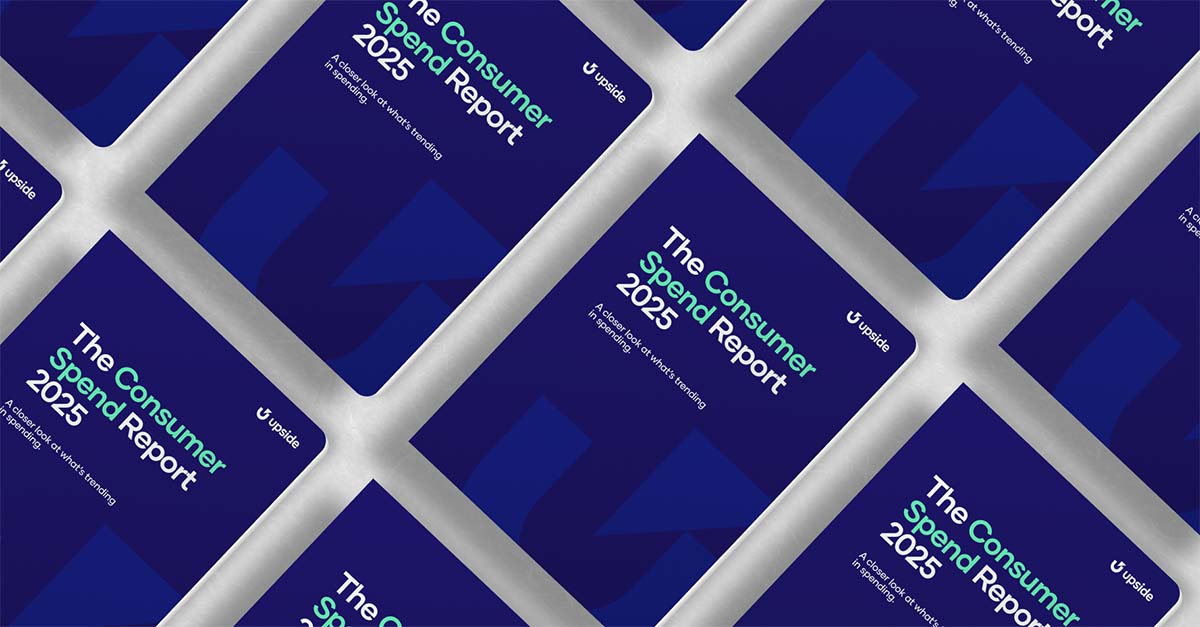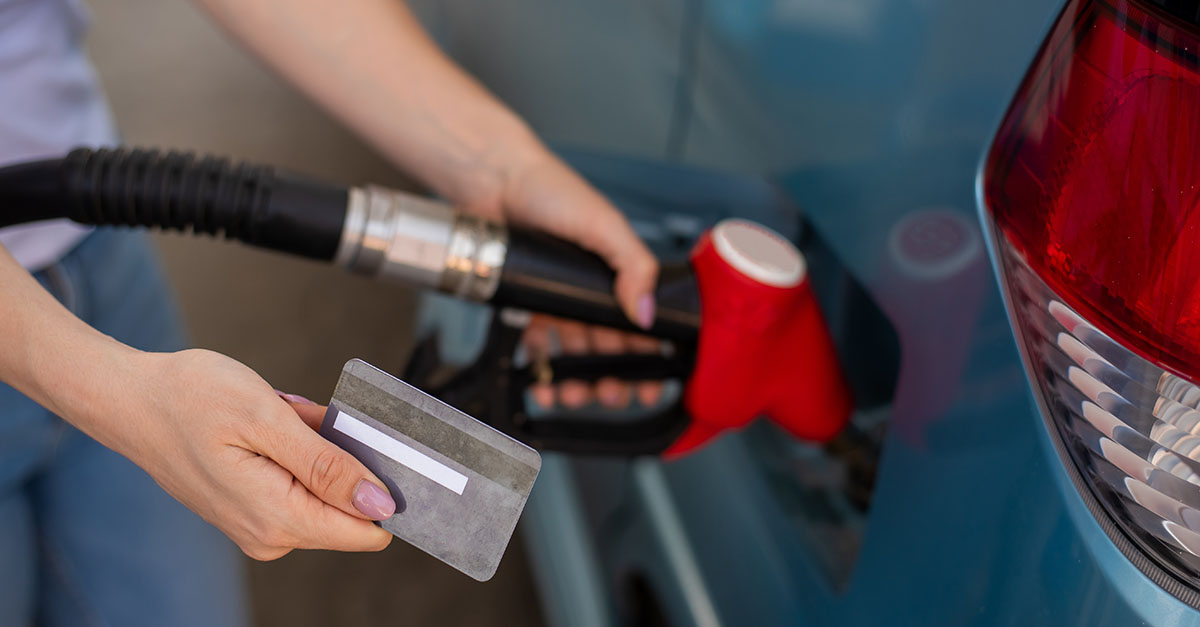How marketplaces unlock new sales potential for retailers
Brick and mortar businesses have an inherent constraint on their usage: their physical location. Marketplaces are unlocking incremental transactions for retailers with very little lift.

Alex Kinnier
Brick and mortar businesses have an inherent constraint on their usage: their physical location. If a retailer’s location isn’t convenient for a consumer, then the friction a consumer finds in choosing that retailer can be greater than the value they get from choosing it.
Some retailers turn to delivery to make their product more available and convenient for consumers. But delivery is expensive and often cannibalizes in-store sales.
So what can retailers do to more profitably overcome the friction of visiting their physical location? They can increase the value for individual consumers that otherwise would not have shopped with them.
One way to do that is to fill their spare capacity in-store in a way that ensures positive gains to contribution margin by participating in a marketplace.
Retailers that list their business on marketplaces with wide consumer reach, next to other brands and categories that consumers need, see new customers and learn more about them.
These platforms understand if these customers shop with you today, and if they are, how much they purchase from you. With that information, retailers can digitally personalize the in-store experience by changing the value proposition for each customer and help them overcome the physical location friction to drive profitable sales. It’s a phenomenon that I’ve seen throughout my career, and in the data I see today at Upside.
The friction of physical locations
Consumer “friction” is the thing, perception, or circumstance that prevents the consumer from choosing to transact at a particular retailer’s store. For instance, friction for a potential consumer could be that your location is not along their regular route, so they’d have to go out of their way to make that transaction happen.

Marketers with a truly unique product, service, or experience can be brand-centric, because consumers will schedule their lives around the brand. A great example is a Michelin star restaurant. Even if the location is out of the way, consumers will travel.
Marketers with more commonplace products and services have to be consumer-centric, because consumers spread those purchases around based on value or convenience. For example, consumers in most of the United States have multiple nearby grocery stores to choose from, so grocers have to find a way to get as many consumers to choose them as possible, and keep them coming back.
This value tradeoff for brick and mortar retailers is significantly dependent on physical availability. If they don’t have the locations to serve more consumers where they are, the odds they’ll earn more market share are slim. The most obvious solution is to build more locations, but that’s cost-prohibitive for most retailers.
Bringing that same strategy online will have the same issues
When a consumer opens up the new Retailer Y app, for example, what do they see? Either they see a location near them where they can use the product, or they don’t because there isn’t one. The location issue persists. And a retailer can never have “enough” locations because they’re so capital intensive.
Delivery reduces that friction by bringing your offering right to the customer. More and more retailers are using this strategy but at a steep cost.
Among restaurants specifically, the percent of sales coming from third-party delivery apps went up by 10-20% on average in 2021, helping these services account for 15-20% of sales at the restaurants we spoke with. The reality is that third-party delivery services offer a number of fantastic benefits to retailers, but they also can have some less obvious downsides. For example, these services charge fixed fees that amount to an average of 10-15% of revenue on transactions through their apps. There’s also a loss of control of some of the aspects of the customer experience, which can have negative brand impacts.
An omni-channel strategy for brick and mortar retailers is essential in this post-pandemic market, but going at it alone with something like a proprietary app doesn’t help retailers grow.
Most of today’s growth tactics in brick and mortar commerce are focused on a single category (like a grocery app) or a single brand (like a specific grocer’s loyalty program). That works well for existing consumers that actively seek out a category or brand-specific solution. But that imposes a limit to business growth and does not maximize a store’s utilization.
These products are so specific that they’re not consistently top-of-mind for consumers. And even when they are top-of-mind – like when a consumer is already going grocery shopping – those programs don’t always provide enough incentive to change consumer behavior. Whether it’s a lack of nearby locations or not quite enough points to redeem a reward, single-brand and -category products often introduce more friction than value for consumers. So it’s no surprise that these programs see lower retention rates and often have difficulty acquiring new customers.
Marketplaces as a solution
These may sound like difficult or expensive endeavors, but they’ve been made simple by marketplaces and multi-category products. They bring together a wide variety of retailers in various categories to create a more interesting product for consumers. And they provide retailers with more information about how much these consumers currently buy in-store (if at all), and with the opportunity to provide each consumer with the exact value they need to change their buying behavior and overcome any friction preventing (more) in-store sales. The more valuable the product, the higher the usage, the higher the retention rates, and the more transactions are driven to participating retailers.
The best examples of marketplace or multi-category benefits are grocery and fuel; two essential, inelastic goods that consumers have to buy even during inflationary times.
- Fuel transactions at Walmart provided a boost to its overall same-store sales during Q3 2022. At the same time, Walmart CEO Doug McMillon noted that Walmart+ membership grew 9% year over year during its fiscal third quarter.
- At Sam's Club, fuel sales boosted same-store sales growth by 8 points to 17.5% during the period, which was also higher than the 6.2-point gain over the same period a year ago. Most Sam's Club gas stations are only selling lower priced fuel to its paid members.
In both instances, these major retailers used a multi-category approach to take advantage of high consumer spending in inflationary times, and saw a profit bump. This combination isn’t unique to Walmart and Sam’s Club — retailers can take advantage of the multi-category effect using a platform that delivers visibility and value.
Upside is a great example of a single-category product turned multi-category, and the impact on consumer metrics is astounding.
How Upside helps retailers drive profitable sales in-store
- Upside increases a retailer’s visibility
Upside has a massive built-in user base across its own app and partner app network. Every retailer on our platform gains access to tens of thousands of potential new consumers in their area who use the app for everyday shopping — acquired and retained through our own ad and marketing spending so our retailers don’t have to.
By placing your business alongside other everyday categories, our platform increases your business’s relevance to consumers. We know this effect firsthand — Upside started in fuel, and our user metrics were strong because of the relatively inelastic demand for fuel. But as we’ve evolved and expanded into the restaurant and grocery categories, we’ve seen a dramatic difference in key user metrics in these multi-category markets.
In one midwestern region, over 200 premier grocery stores and restaurants joined an Upside marketplace that was previously dominated by fuel locations. When customers began to utilize these other categories, we saw that:
- Upside app usage increased by 74%, and transactions increased by 50%
- Incremental revenue for retail partners increased by 31%
- These multi-category Upside users transacted 70% more frequently than fuel-only users, generating 60% more revenue for existing fuel retailers
- Upside profitably overcomes consumer friction with personalized value
Greater visibility helps retailers but does not by itself solve the problem of friction.
Almost every consumer can be swayed to visit your store if you overcome their point of friction. The question is whether you can do it profitably.
Each consumer assigns a specific dollar value to their time, and retailers need to profitably meet or exceed that value to change consumer behavior. It takes compelling incentives to get a person to go out of their way and choose you. A study from the University of Michigan used data from 2009-2010 and found that consumers won’t change their behavior by more than two minutes for less than $0.12 on an inflation adjusted gallon basis, over a multi-month period.
By providing attractive, profitable incentives every time a consumer opens the Upside app, we provide enough value to earn consumers’ time and business. As a result, app usage goes up and they buy more, more often, from participating retailers — driving incremental profit and mutual benefit for all sides of the transaction.
Our machine-learning algorithms find the minimum possible incentive that each consumer needs (the friction-overcoming value) to take an incremental action in order to maximize profit for the retailer. With personalized and profitable consumer incentives comes higher usage rates, greater user retention, and more incremental transactions for participating retailers. Through Upside, consumers will use the product and participating business more frequently, boosting lifetime value (LTV) as customer acquisition costs (CAC) come down.
Final thoughts
The multi-category effect on visibility and value is transformational. And marketplaces are unlocking incremental transactions for brick-and-mortar retailers with very little lift. They work in conjunction with the products and programming that retailers have already invested in for their existing customers, and amplify their reach and impact.
When retailers couple their offering with more interesting categories and brands, they unlock more earning potential than ever before. It’s what we’ve seen at Upside, and what’s felt by the 100,000 retailers we work with nationwide.
Share this article:
As co-founder and CEO of Upside, Alex Kinnier is working to transform brick-and-mortar commerce. His success in growing Upside into a company driving $6B+ in commerce annually was informed by his years of experience leading product development teams at Opower, Google, and Procter & Gamble. Outside the office, Alex is an ardent technologist and investor, always on the cutting edge of products with the potential to change the world.
Request a demo
Request a demo of our platform with no obligation. Our team of industry experts will reach out to learn more about your unique business needs.










.png)




